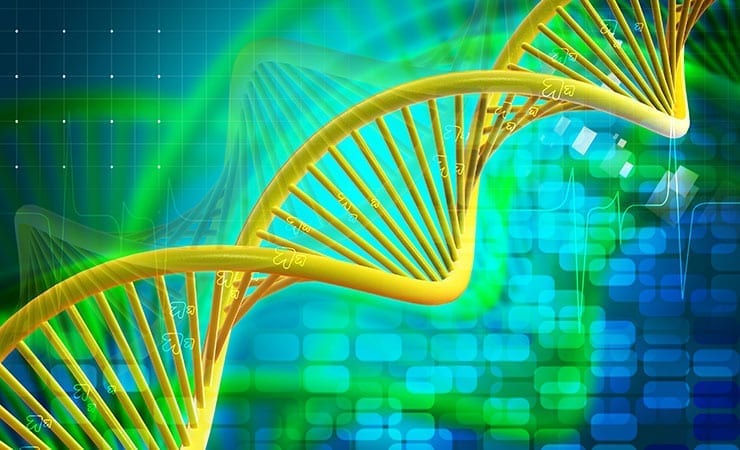In 2019, the Nuclear Threat Initiative and the World Economic Forum organized an international expert Working Group on Preventing Illicit Gene Synthesis to develop the basis for a durable, global norm to prevent the misuse of synthetic DNA and for a possible mechanism that could facilitate the implementation of such norms. This report, Biosecurity Innovation and Risk Reduction: A Global Framework for Accessible, Safe and Secure DNA Synthesis, summarizes its findings and makes a set of urgent recommendations for further action.
New approaches to DNA editing and synthesis have made it easier to manipulate biological agents and systems, increasing the risk of a catastrophic accidental or deliberate biological event. These technologies make it possible to create pathogen or toxin DNA that could be accidentally or deliberately misused. For example, in 2018 researchers published work detailing the synthesis of horsepox virus, an extinct virus related to smallpox, using synthetic DNA fragments purchased from a commercial provider. This demonstrated the potential for creating other viruses via commercially available technologies.
In the next two to three years, a new generation of benchtop DNA synthesis machines, enabled by enzymatic DNA synthesis methods, will become available without guidance or norms to prevent misuse. Within a decade, these machines could significantly expand the availability of synthetic DNA around the world. In this context, it is increasingly critical to safeguard against the misuse of DNA synthesis technologies to make pathogen or toxin DNA.
Although many DNA providers practice screening procedures to help prevent the misuse of synthetic DNA, these practices are becoming increasingly expensive relative to other business costs, increasing the economic pressure to limit such voluntary procedures. As access expands and the cost of DNA synthesis declines, more DNA will be in commerce, and additional DNA providers may enter the market, further expanding the range of people using synthetic DNA. In the next two to three years, a new generation of benchtop DNA synthesis machines, enabled by enzymatic DNA synthesis methods, could become available without guidance or norms to prevent misuse.
It is possible that a common screening mechanism of this type could create “information hazards” by, for example, inadvertently enabling nefarious actors by highlighting DNA sequences most likely to contribute to pathogenicity and by increasing understanding of synthetic DNA screening practices. These concerns should be addressed in the common mechanism, and precautions should be taken to mitigate any specific risks identified.
Key recommendations include:
- Establish an international technical Consortium as soon as possible to develop a common DNA sequence screening mechanism that is accessible at low cost and easy to use by all providers of DNA and benchtop DNA synthesis machines. The Consortium will develop and maintain an internationally recognized set of sequences of pathogen and toxin DNA and algorithms to screen ordered DNA sequences against.
- Fund the Consortium as an independent technical entity for at least two years so that it can immediately start work to meet the goal of developing and deploying the common DNA screening mechanism by 2021
- Incorporate technical safeguards and security precautions during development of the common DNA sequence screening mechanism, including access considerations, data security, transparency principles and risk vs. benefit analysis.
- 2021 deployment of common DNA sequence screening mechanism. By 2021, the screening mechanism should be supplied to all DNA providers to incorporate into their operations, all developers and providers of benchtop DNA synthesis machines to incorporate into their machines and/or operations. Regular updates should be established thereafter.
- Raise awareness among law enforcement personnel, export control officials and other relevant authorities about risks related to potential misuse of synthetic DNA and identify an agency-level national point of contact for providers if and when they recognize that someone is intentionally attempting to misuse pathogen or toxin DNA. National activities could be coordinated with existing international groups, such as INTERPOL, the Biological Weapons Convention (BWC), United Nations Security Council Resolution 1540, World Health Organization (WHO) Joint External Evaluations, the Australia Group, and the Global Partnership Against the Spread of Weapons and Materials of Mass Destruction.
The international entity described in this report will serve as a focal point for expertise, discussion and action to address biological risks associated with advances in technology, now and into the future.
Read the full report at NTI.
Edited by Stephanie Lizotte



